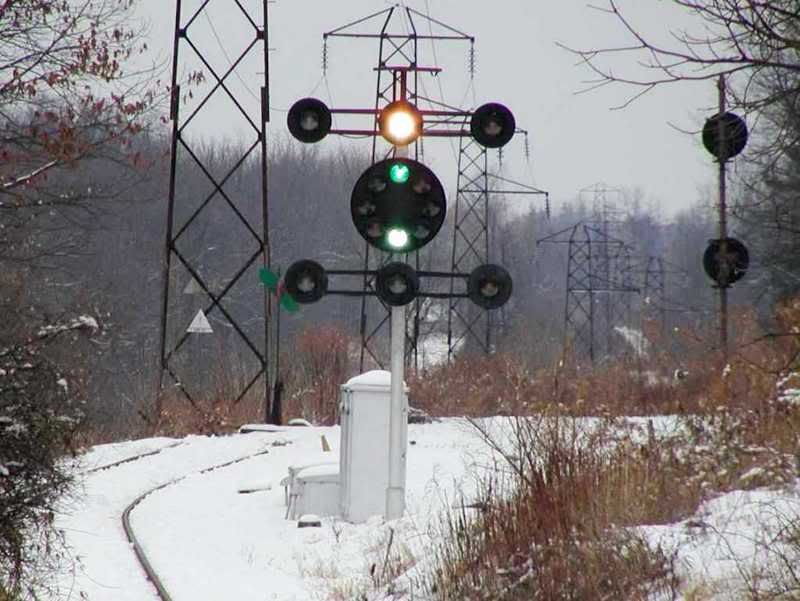I've seen alot of B&O signals and I can usually figure out why they chose the lunars they do, except for the full 6 lunar signal.
I've found the full 6 lunar signals in 2 places: There is one visiable from I-95 if you look towards Baltimore. (It's only really visable from the southbound lanes) and there are two sitting right before a 2 track line merges with the NEC just north of WAS.
What conditions would require the presense of all 6 lunars?
I've found the full 6 lunar signals in 2 places: There is one visiable from I-95 if you look towards Baltimore. (It's only really visable from the southbound lanes) and there are two sitting right before a 2 track line merges with the NEC just north of WAS.
What conditions would require the presense of all 6 lunars?
-Greg Primrose
Co-Owner, Railroad.Net
Ave Atque Vale
Co-Owner, Railroad.Net
Ave Atque Vale

